Tacamo Aircraft - At the same time, as the Navy itself has noted, the C-130J-30 platform does immediately open up the ability to use a larger number of air bases, airports, and airfields, including austere ones that the E-6B cannot operate from. This could be very useful in a contingency scenario where an opponent may have destroyed or otherwise rendered unusable many well-established bases, as well as larger secondary dispersal sites, which include large commercial airports. Being able to fly from smaller, tertiary locations could help to ensure that the TACAMO mission continues without significant disruption under such circumstances. This is also true during peacetime as targeting the TACAMOs on the ground would be much harder if they could easily operate from and sit alert at a much larger number of airports.
The maintenance concept is "O" to "D" for most components, with Contractor Logistic Support (CLS) from Boeing ,Seattle. There is limited "I" level support for mission equipment, and is expected to go away with the introduction of new mission avionics. Under the Integrated Maintenance Concept, as much as possible, airframe work done in field; CLS for airframe and flight deck avionics and Navy support for mission avionics.
Tacamo Aircraft
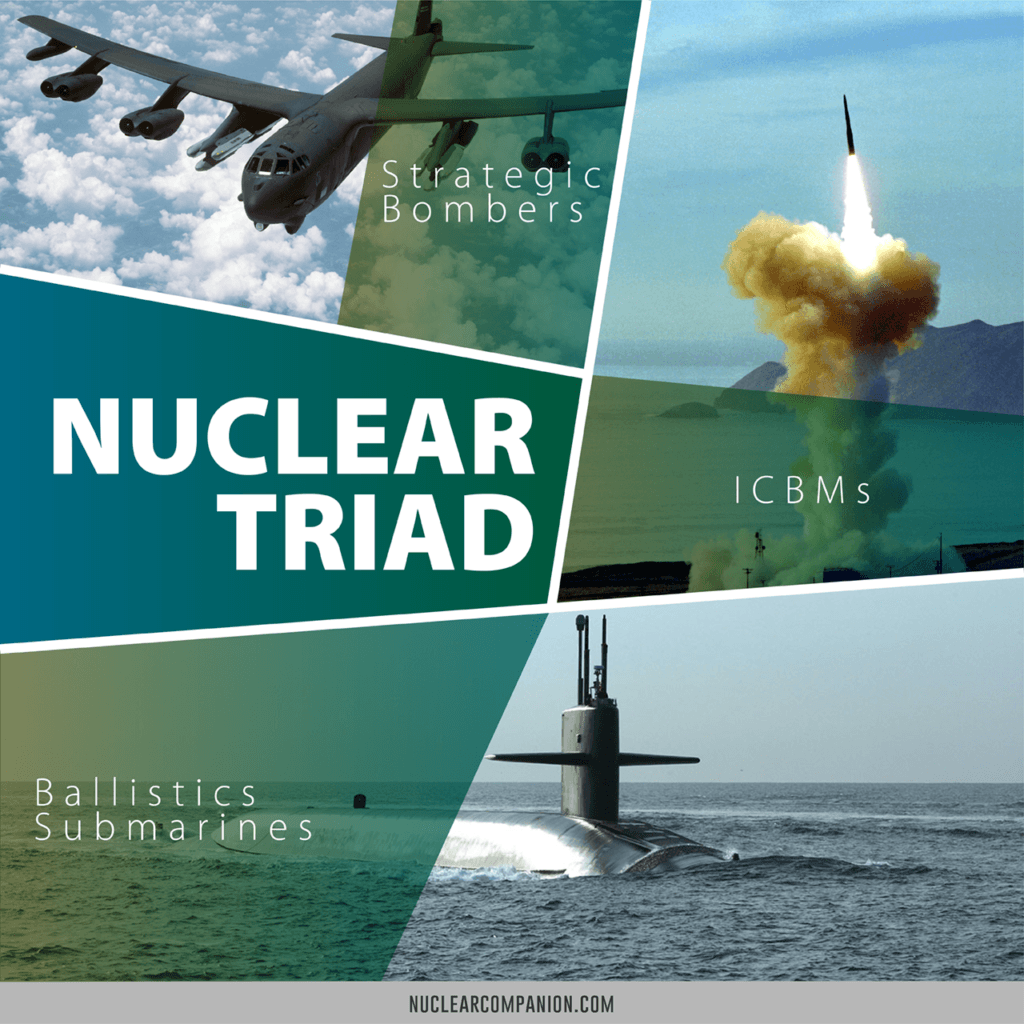
The C-130J is the latest model in the famous Hercules family, a large number of variants of which certainly do remain in widespread service across the U.S. military. The Navy itself operates a relatively small fleet of older C-130T cargo planes, some of which have received eight-bladed NP2000 propellers and associated engine upgrades in recent years. There is also now the lone C-130J, nicknamed Fat Albert, assigned to the service's Flight Demonstration Squadron, better known as the Blue Angels.
What Can I Do To Resolve This?
All told, crafting a new TACAMO aircraft based on the C-130J-30 to replace existing E-6Bs would trade a certain amount of performance for being more flexible, adaptable, sustainable, and readily maintainable. The C-130J's ability to loiter for long periods of time and the robustness of its airframe will also come in handy.
You can email the site owner to let them know you were blocked. Please include what you were doing when this page came up and the Cloudflare Ray ID found at the bottom of this page.
East
Coast Alert
*
Patuxent River, MD
Specifications
Primary Function Airborne command post for fleet ballistic missile submarines
Contractor Boeing
Unit Cost $ 141.7 million
Propulsion Four CFM-56-2A-2 High bypass turbofans
Length 150 feet, 4 inches (45.8 meters)
Wingspan 148 feet, 4 inches (45.2 meters)
Height 42 feet 5 inches (12.9 meters)
Weight Max gross, take-off: 341,000 pounds (153,900 kg)
Ceiling Above 40,000 feet
Speed 522 knots, 600 miles (960 km) per hour
Crew 14
Range 6,600 nautical miles (7,590 statute miles, 12,144 km) with 6 hours loiter time
Armament None

What Can I Do To Resolve This?
CFCTS provides ground training to pilots, navigators and flight engineers for initial qualification, refresher, instructor basic and upgrade, instrument ground school and basic flight engineer, utilizing instructor-based training, computer-based training and the OFTs. Flight training of the pilots (transition and in flight refueling) is accomplished in the TC-18F IFTs utilizing Navy instructor pilots and Navy and contractor instructor flight engineers.
In 1989, the Navy began replacing the remaining EC-130Qs with the E-6A Mercury. The service subsequently upgraded those aircraft to E-6B standard, at which time they also assumed the role of providing aerial command and control support for the Air Force's intercontinental ballistic missile (ICBM) and nuclear-armed bomber forces. Until 1998, the Air Force has flown its own EC-135C Airborne Command Post (ABNCP) aircraft, also known by the nickname Looking Glass, in this role.
You can email the site owner to let them know you were blocked. Please include what you were doing when this page came up and the Cloudflare Ray ID found at the bottom of this page.
The US Navy decided to acquire the C-130J-30 Super Hercules as a platform for communicating with its deployed ballistic-missile submarine force as Admiral Charles Richard, commander, US Strategic Command, revealed during a webinar on 5 January 2021.
Command Post Modification
Cloudflare Ray ID: 7a1d216e1ed9a813
•
Your IP:
Click to reveal
170.64.142.11
•
Performance & security by Cloudflare
The Airborne Launch Control System (ALCS) operates through the Ultra High Frequency (UHF) Communications, Command and Control (C3) radios, enabling the E-6B to function as an Airborne Launch Control Center. The ALCS system allows determination of missile status in silos, launch, or change in missile assignments.
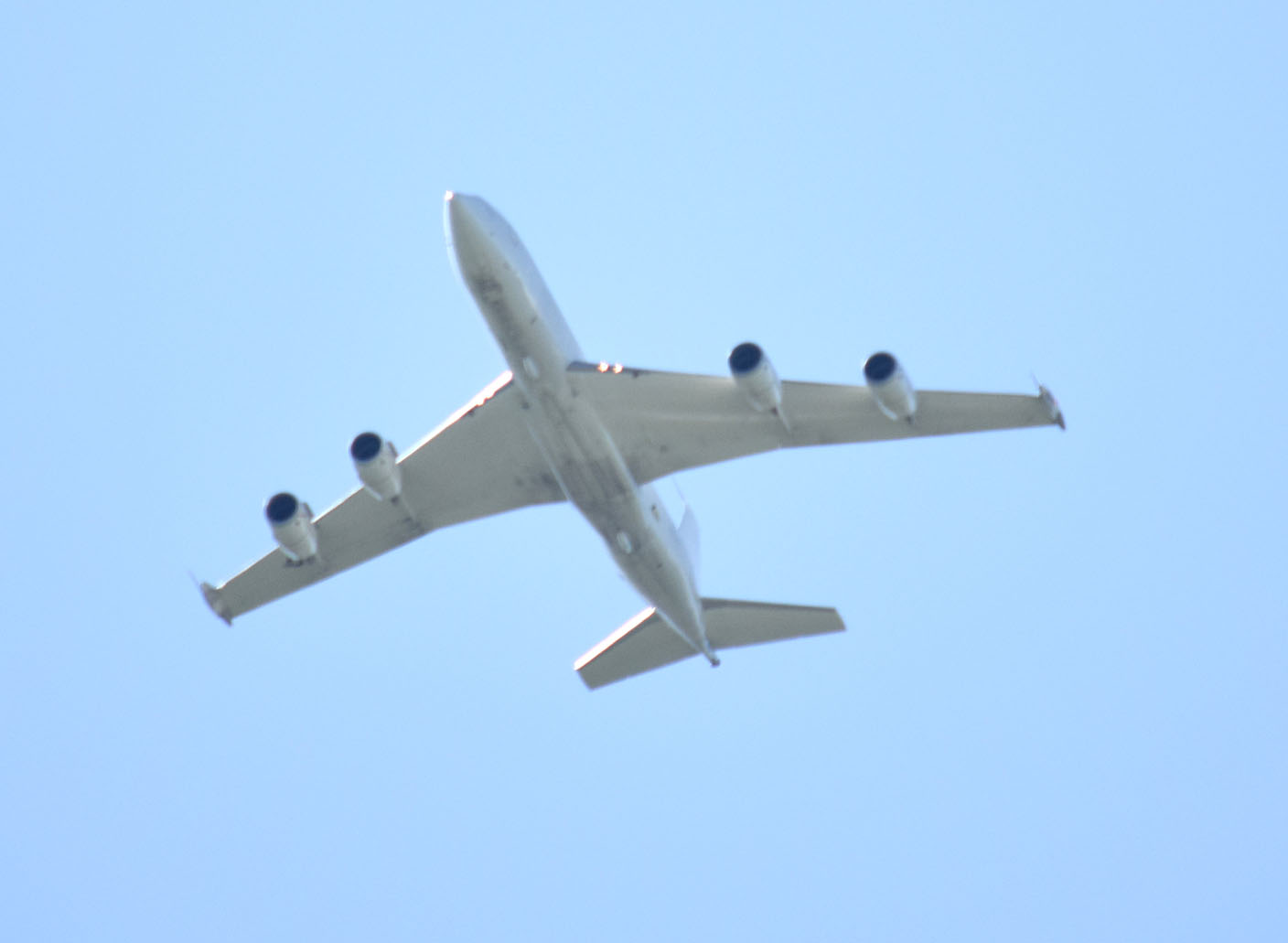
NTSU provides Airborne Communications Officer (ACO) and Aircrew (TACAMO Operator, Inflight Technician, Reel Operator) ground training. NTSU also provides squadron personnel Organizational ("O") level maintenance training on the E-6 aircraft and all subsystems and "O" and Intermediate ("I") level training on the Mission Avionics System (MAS) equipment.
"The C-130 is currently extensively fielded within the Department of Defense, and deployed at various bases that create operation, training and logistics support synergies for TACAMO execution," it continued. "Lockheed Martin already has an established domestic production line that has the ability to produce test units for PMA271 [NAVAIR's Airborne Strategic Command, Control and Communications Program office] that will enable acceleration of the risk reduction and subsequent engineering and manufacturing development test program."
E- Mercury Tacamo
The E-6A had its beginnings in studies at the Naval Air Development
Center, Warminster, Pa., looking for an expanded capability airframe for
the TACAMO role. Among several turbofan-powered jet transports, the basic
Boeing 707-320B was particularly attractive because of the availability
of the hardened E-3A airframe in production. Higher bypass ratio, more fuel
efficient GE-SNECMA CFM 56 engines were being retrofitted to various first-generation,
four-jet commercial transports and would enhance the performance of a TACAMO
version. Space and weight-carrying capability would accommodate the various
communications systems of the EC-130 TACAMO aircraft, including the long
trailing very low frequency antenna and its extension/retraction system.
The sixteen E-6s are assigned to the Commander Strategic Communications Wing (CSCW) 1, based at Tinker AFB (OK). The wing is operating three squadrons of E-6Bs, Fleet Air Reconnaissance Squadron (VQ) 3 Ironman, VQ-4 Shadows and VQ-7 Roughnecks. VQ-3 keeps detachments at Travis AFB (CA) and Offut AFB (NB) while VQ-4 keeps a detachment at NAS Patuxent River (MD). The latter is assigned to Air Test and Evaluation Squadron (VX) 20 Force.
On 18 December 2020, the US Naval Air Systems Command TACAMO Program Office (PMA-271) issued a Request for Information to industries. That was followed by an announcement that the US Navy “intends to negotiate and award sole-source contracts to Lockheed Martin Corporation, Marietta (GA). This lead to the procurement of three C-130J-30 airframes in fiscal 2022/2023 for testing and analysis. The rugged C-130J is able to operate world-wide from airstrips to airfields and is in such way built, that they are able to suffer the aforementioned stress.
In the TACAMO role, the E-6 flies independent random operations from various deployed sites for approximately 15 day intervals. Each deployed crew will be self-supporting except for fuel and perishables. The mission requires a 24 hour commitment of resources (alert posture) in the Atlantic and Pacific regions.
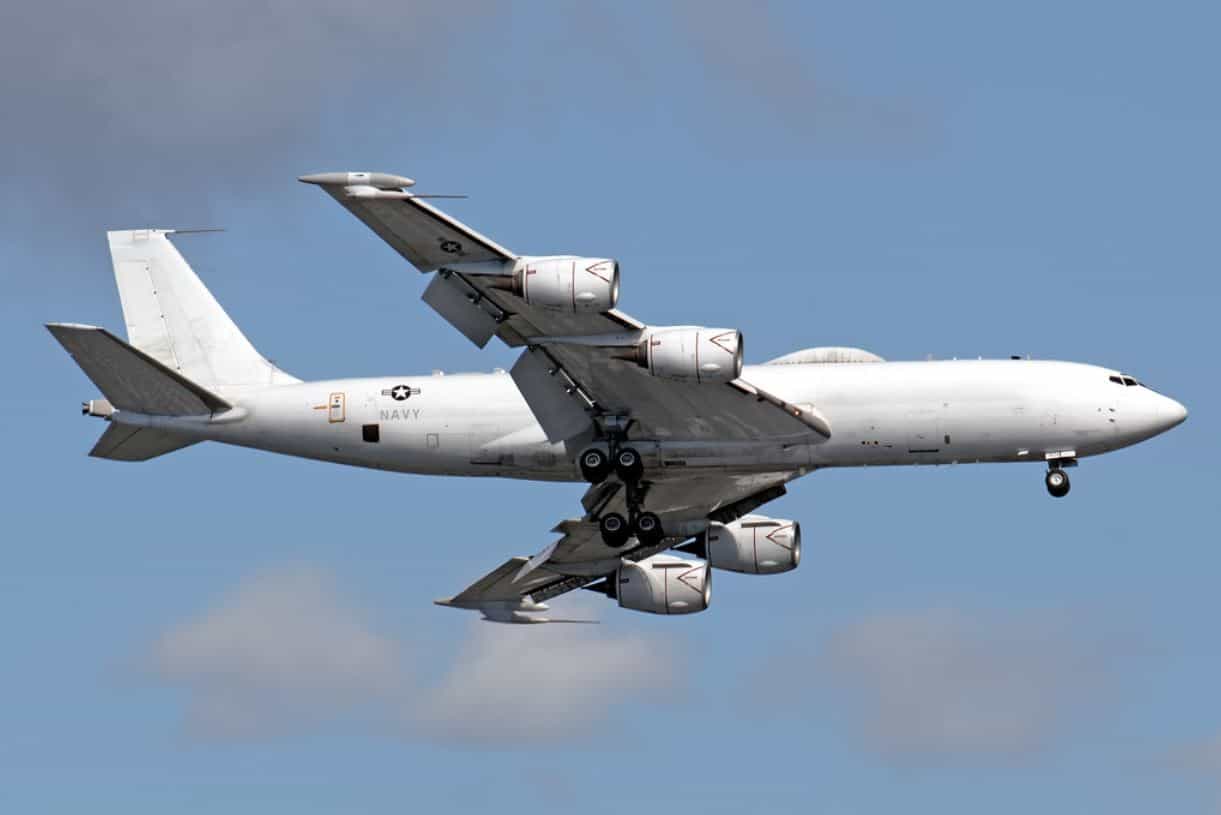
Why Have I Been Blocked?
Cloudflare Ray ID: 7a1d216e0ecea813
•
Your IP:
Click to reveal
170.64.142.11
•
Performance & security by Cloudflare
Subsequent to a year of in-depth analysis under Navy tasking, Raytheon E-Systems (RESY) is designing the E-6B Command Post Modification that will provide performanceimprovements and avionics enhancements for the E-6A Take Charge and Move Out (TACAMO)aircraft. The E-6B program has been established to upgrade TACAMO operationalcapabilities and cross-deck a subset of the Strategic Command’s (STRATCOM’s)EC-135 Airborne Command Post (ABNCP) equipment to the E-6A aircraft. The modifiedaircraft (E-6B) will be capable of performing both the TACAMO and ABNCP missions. The E-6B Command Post Modification will enable STRATCOM to perform current and projectedTACAMO and ABNCP operational tasking, using the dual mission E-6B, effectively andreliably through the twenty-first century.RESY will perform integration and installation of several systems into the E-6 aircraft:
It's certainly worth pointing out that the E-6Bs, conversions of what were some of the last and most modern 707 airliners built, were larger and higher performance platforms than the EC-130Qs. The C-130J-30 is certainly a more capable aircraft than the C-130H on which the EC-130Q was based, but it won't have the base speed and altitude capabilities of an airliner-sized multi-engine jet. Compared to the Mercuries, any TACAMO-configured C-130J-30 would not be able to get on station as quickly, or fly as high, limiting its ability to get above bad weather or establish a better line of sight for its communications systems.
Naval Air Systems Command (NAVAIR) revealed the results of its so-called "analysis of alternatives" in a notice it issued on Dec. 18, 2020. That posting on the U.S. government's official contracting website beta.SAM.gov also announced the service's intent to acquire up to three C-130J-30s for TACAMO test purposes via a sole-source deal with Lockheed Martin, the aircraft's manufacturer.
Orbit Improvement Program
With the Navy order for TACAMO versions of the 707-320B airframe, the
E-6A designation was assigned for these airframes, to be built on the E-3A
line. At the same time, C-18 series and E-8A designations were assigned
to ex-airline 707-320Bs purchased and modified as test aircraft, both for
airborne range instrumentation duties and the JSTARS (joint surveillance
target attack radar) program. The former, as EC-18Bs, feature a bulbous
nose radome, while the latter carry an elongated under-fuselage radome for
a multimode side-looking radar.
TACAMO is an absolutely vital mission for ensuring the credibility of America's nuclear deterrent. It is part of a larger command and control infrastructure designed to make sure the U.S. government can launch a massive nuclear retaliatory strike no matter what the circumstances, even in the event of a surprise attack.
![Debunked: Plane Leaving Trails From Under Wing [E-6 Tacamo Fuel Dump] | Metabunk](https://www.metabunk.org/data/MetaMirrorCache/8f97206ecc70937dcbff9b17987da48c.jpg)
The TACAMO aircraft are equipped with a long trailing wire antenna used to relay very-low-frequency radio messages to submerged ballistic-missile submarines. The airframes go through considerable stress as they maintain high angle of bank for long periods to maintain tight orbits to wind the trailing-wire antenna into a vertical position, needed for the radio waves to penetrate the water most effectively.
The new flight profiles and structural characteristics that the E-6A
introduced to the 707-320 airframe did result in some unanticipated development
challenges. Their resolution will provide the necessary survivable strategic
command link to the submarine-launched leg of the strategic nuclear triad
well into the future. Besides the command link to the ballistic missile
submarines, the E-6A TACAMO aircraft is involved in a joint mission, to
provide the vital communication link from the National Command Authority
(NCA) to all strategic forces. By 1998, after completion of extensive modifications,
it will also provide an Airborne Command Post for United States Command
in Chief for Strategic Forces (USINCSTRAT) and theater CINCs.
Why Have I Been Blocked?
These VLF antennas are essentially lengthy wires – just over five miles long in the case of the E-6B – that trail behind the aircraft. The plane then flies in a series of tight circles, causing the line to spiral down toward the surface for optimal performance. You can read more about how all this works in this previous War Zone story.
Following Boeing's prototype four-jet transport, widely publicized as
the first of the 707 series, the Air Force ordered the first production
models as KC-135 tanker transports. Much modified and adapted, these still
serve the Air Force, and two were transferred to the Navy in the late 1970s
for use in the electronics support role. Similar in appearance, but considerably
redesigned, the first 707-120 airline transports rolled off Boeing's production
lines in 1957. By the time these were in service, the larger 707-320 series
was following, designed for long range transoceanic service. Both models
soon received turbofan engines in place of their original jets. The Navy's
E-6A is the final derivative of the 707-320 series to be added to the production
line, joining its better known E-3A Sentry AWACS (airborne warning and control
system) predecessor.
A C-130J-30 configured for the TACAMO mission would certainly have a mid-air refueling capability and the Hercules is already a platform that has demonstrated the ability to loiter over particular areas for long periods of time. Unlike the Boeing 707, the C-130J is still in production, as well, meaning that TACAMO aircraft based on this plane would be inherently easier to maintain and support logistically, and may also be easier to convert to this specialized configuration begin with. As time goes on, the J looks set to increasingly become the default base C-130 model across the U.S. military, as well. Compared to the long out of production 707-based E-6, support for the C-130J is already distributed across the U.S., and beyond. Training C-130J crews is even an easier proposition.
The Navy's first four TACAMO aircraft, which entered service in 1963, were actually conversions of C-130 airlifters originally destined for the Air Force. The service had supplemented these EC-130Gs with an additional eight EC-130Q aircraft by the end of the decade. At that time, these aircraft were only intended to act as airborne command and control centers to support ballistic missile submarine operations.
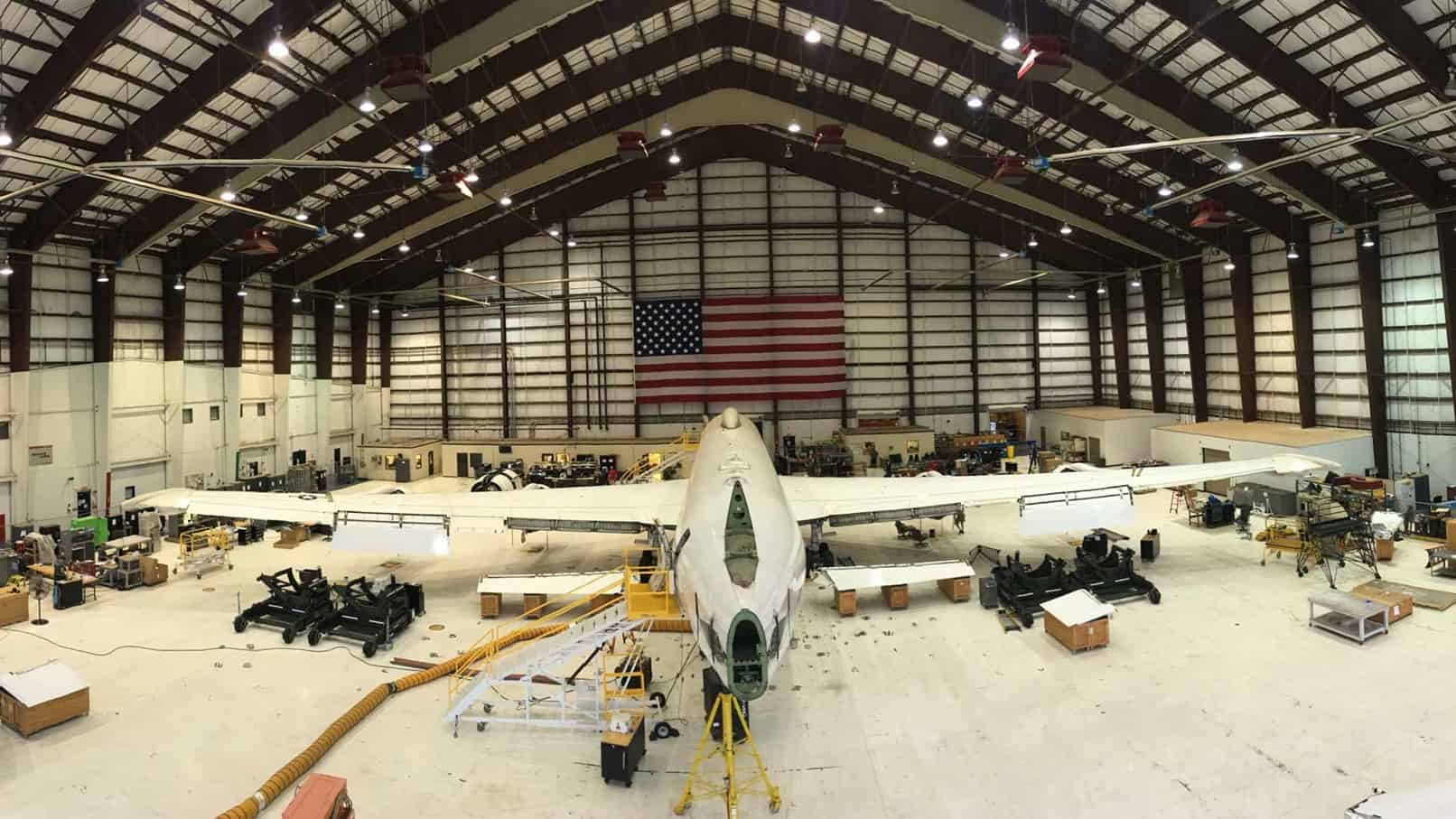
The C-130J-30 is an extended length version of the standard C-130J that is 15 feet longer, overall. This increased "usable space (two more pallets of equipment) in the cargo compartment," according to the Lockheed Martin website.
Based on the study results, the TACAMO replacement program got under
way; the first two of a planned buy of 16 were ordered in 1984. Unusual
was the concept that major components of the communications systems in squadron
EC-130s would be removed and reinstalled in the E-6As as they were completed.
Many features of the E-3 airframe were retained, including the in-flight
refueling receptacle for the flying boom refueling system located at the
top of the fuselage aft of the cockpit. A forward cargo door, as on commercial
air freight transports, was installed for purposes of transporting major
spare components to remote sites.
It's also interesting to note that the Air Force, in cooperation with the Navy, had explored the potential of acquiring a single aircraft, or at least a common base aircraft, to perform the missions of the E-6B, as well as the Boeing 747-based E-4B Nightwatch National Airborne Operations Center (NAOC) and the Boeing 757-based C-32A Air Force Two executive transport aircraft. That program had been known as NEAT, a nested acronym combining NAOC, Executive Airlift, ABNCP, and TACAMO.
In the ABNCP role, as directed by USSTRATCOM, two aircraft are flown to Offutt Air Force Base (AFB) to embark the battle staff and the ALCS components and will be placed in an alert status. Maintenance of the systems is performed by the standard compliment of squadron ground and in-flight technician personnel with the exception of the ALCS which was maintained by the Air Force for eighteen months after Navy IOC.
new tacamo aircraft, tacamo history, e 6 tacamo aircraft, what is tacamo, old tacamo, tacamo recap, tacamo mission, tacamo replacement
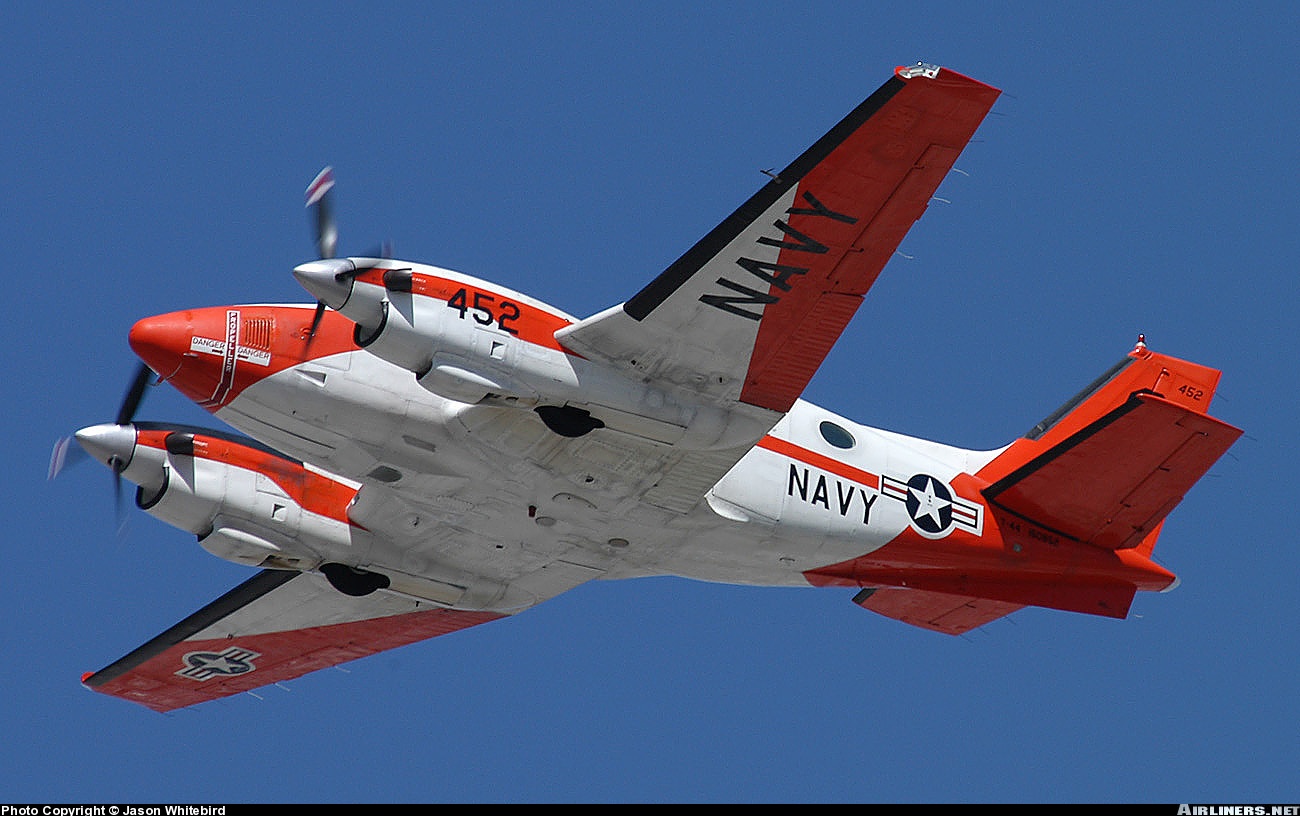

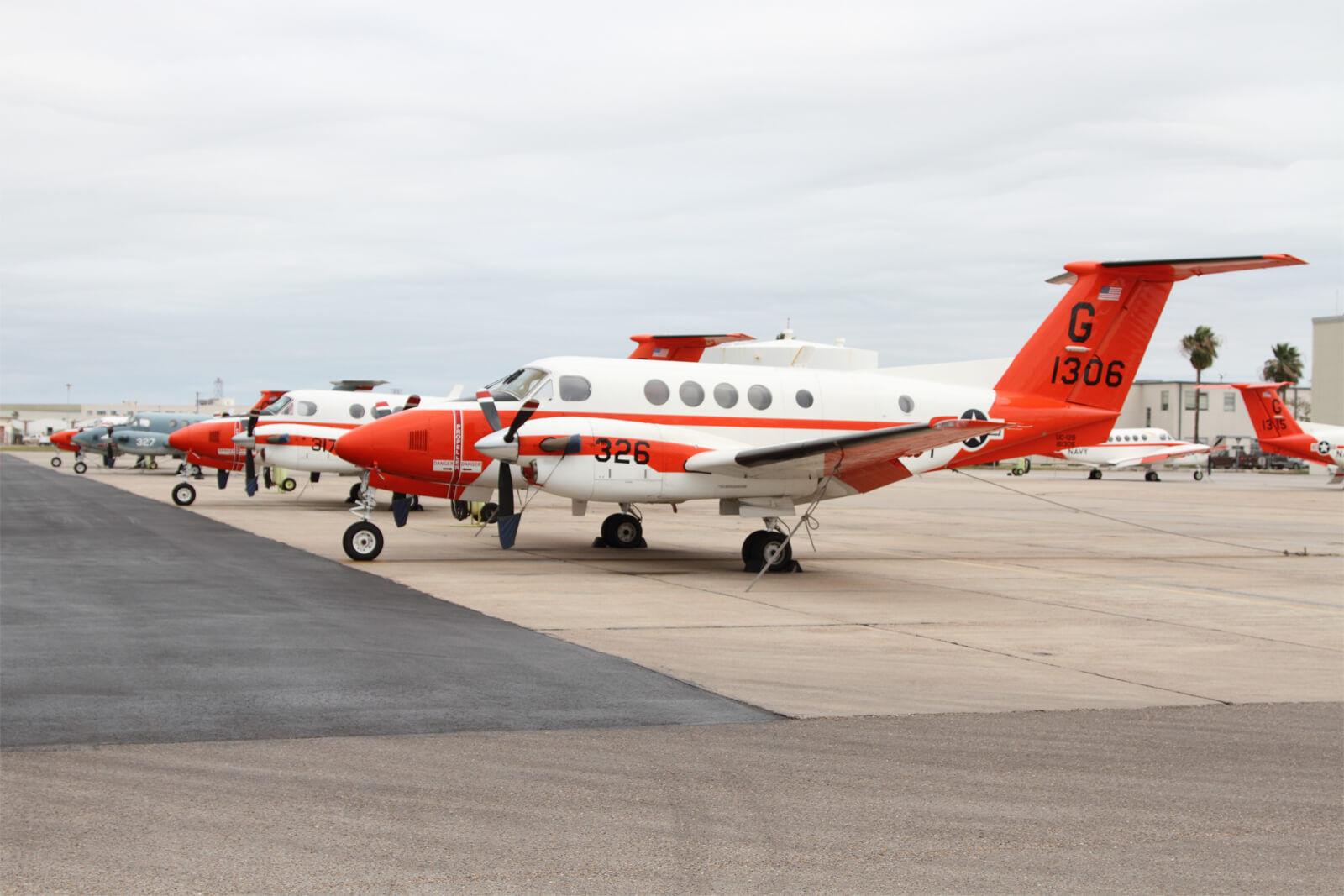

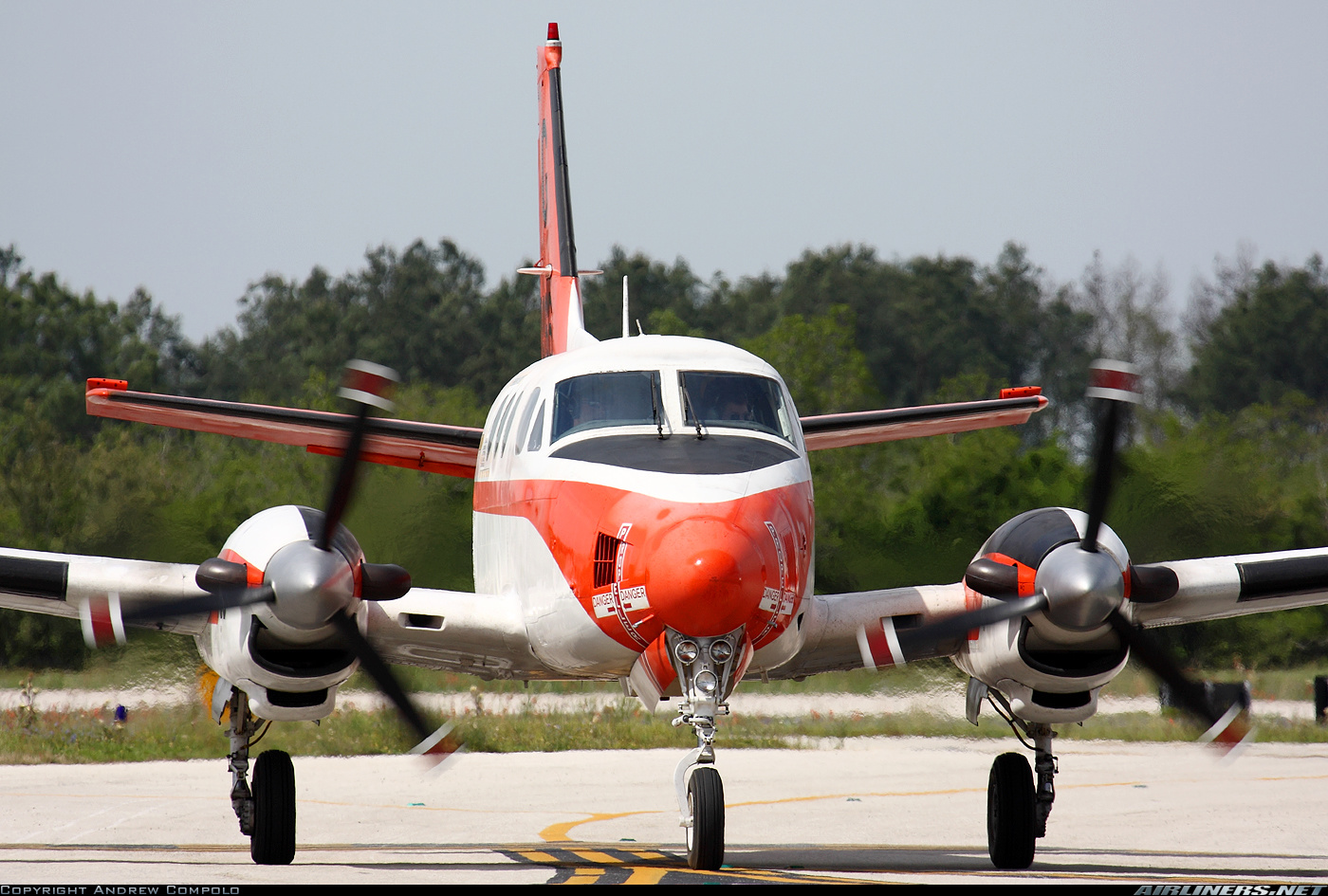
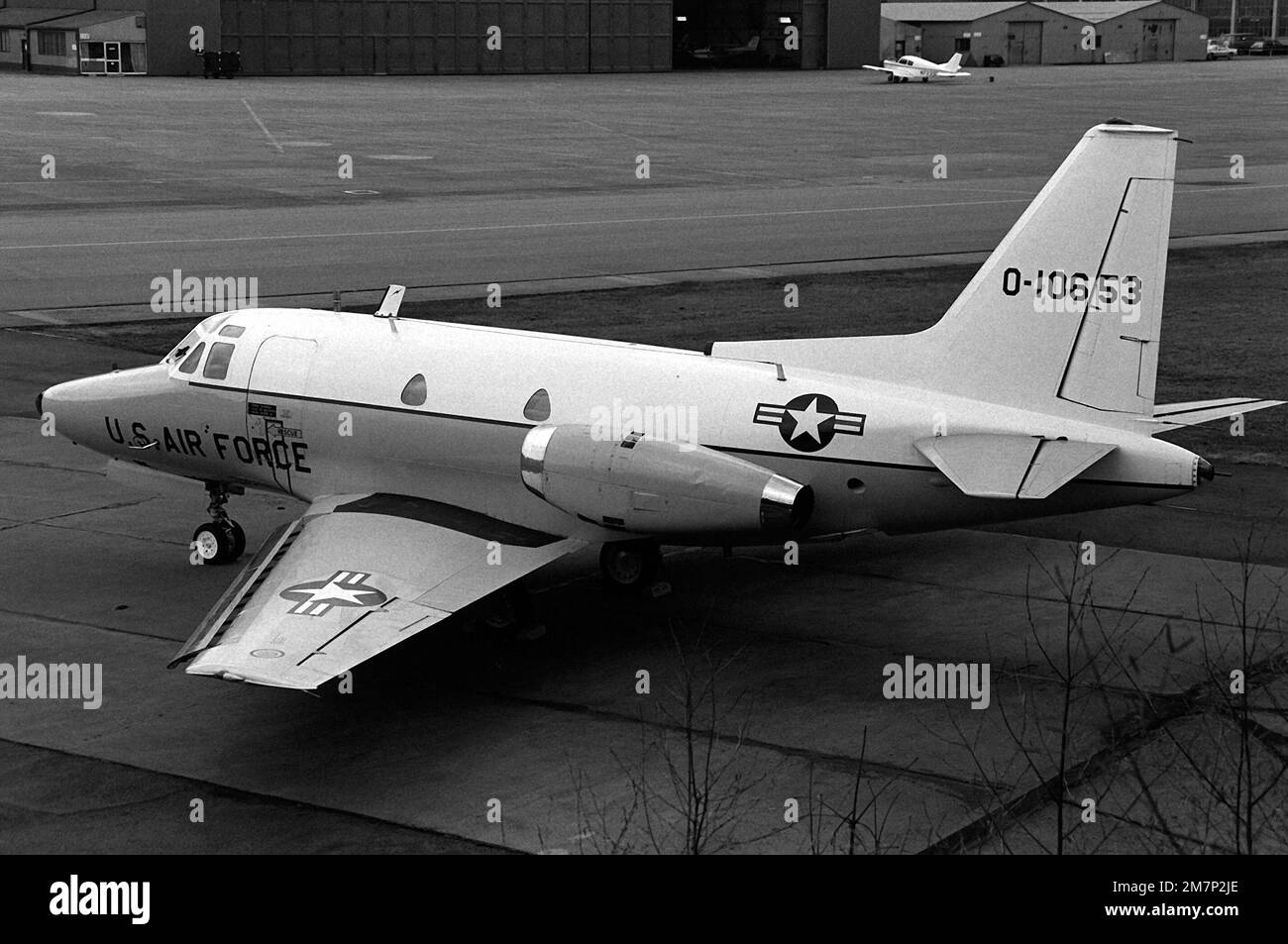

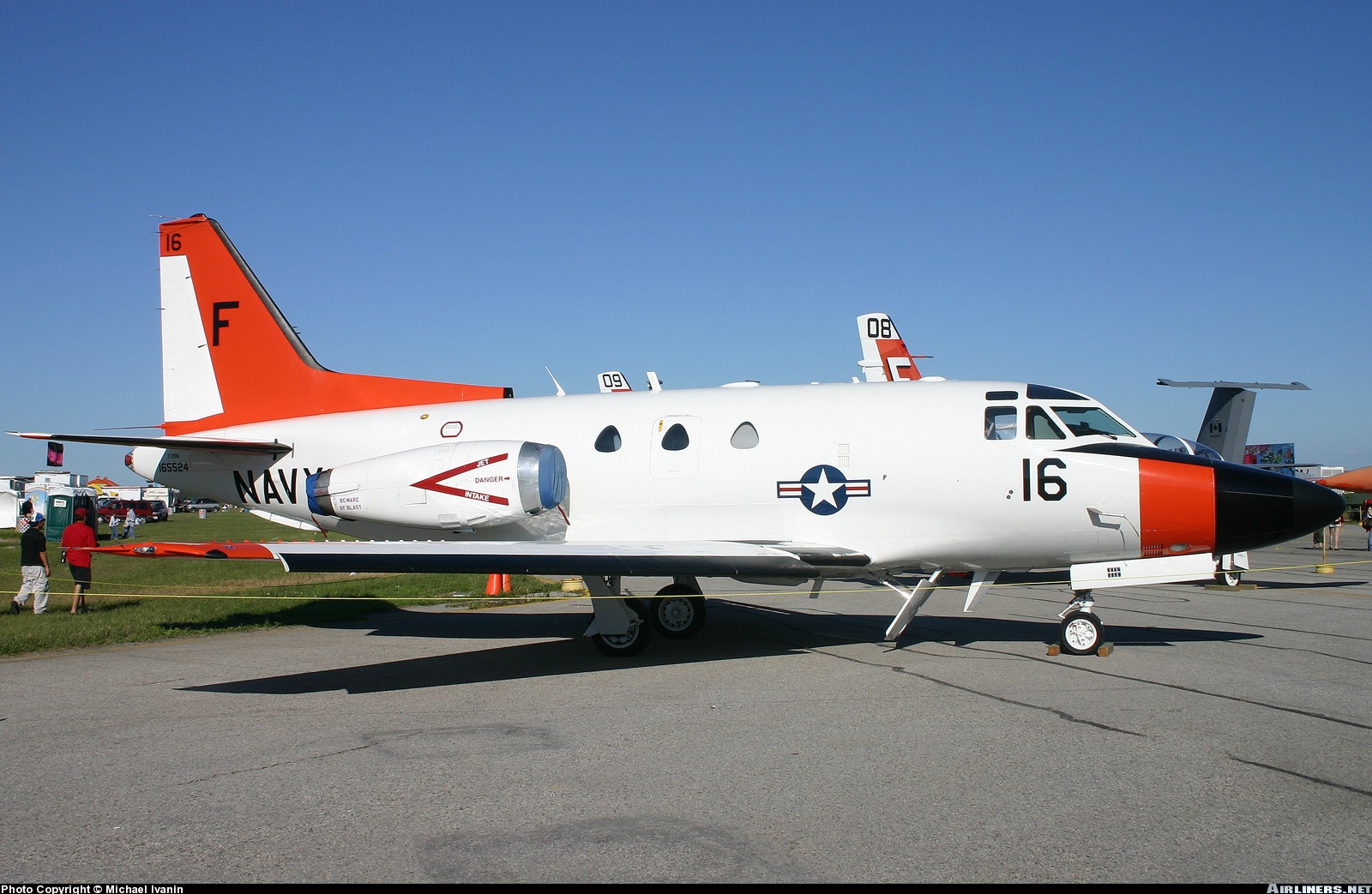




![Debunked: Plane Leaving Trails From Under Wing [E-6 Tacamo Fuel Dump] | Metabunk](https://www.metabunk.org/data/MetaMirrorCache/8f97206ecc70937dcbff9b17987da48c.jpg)



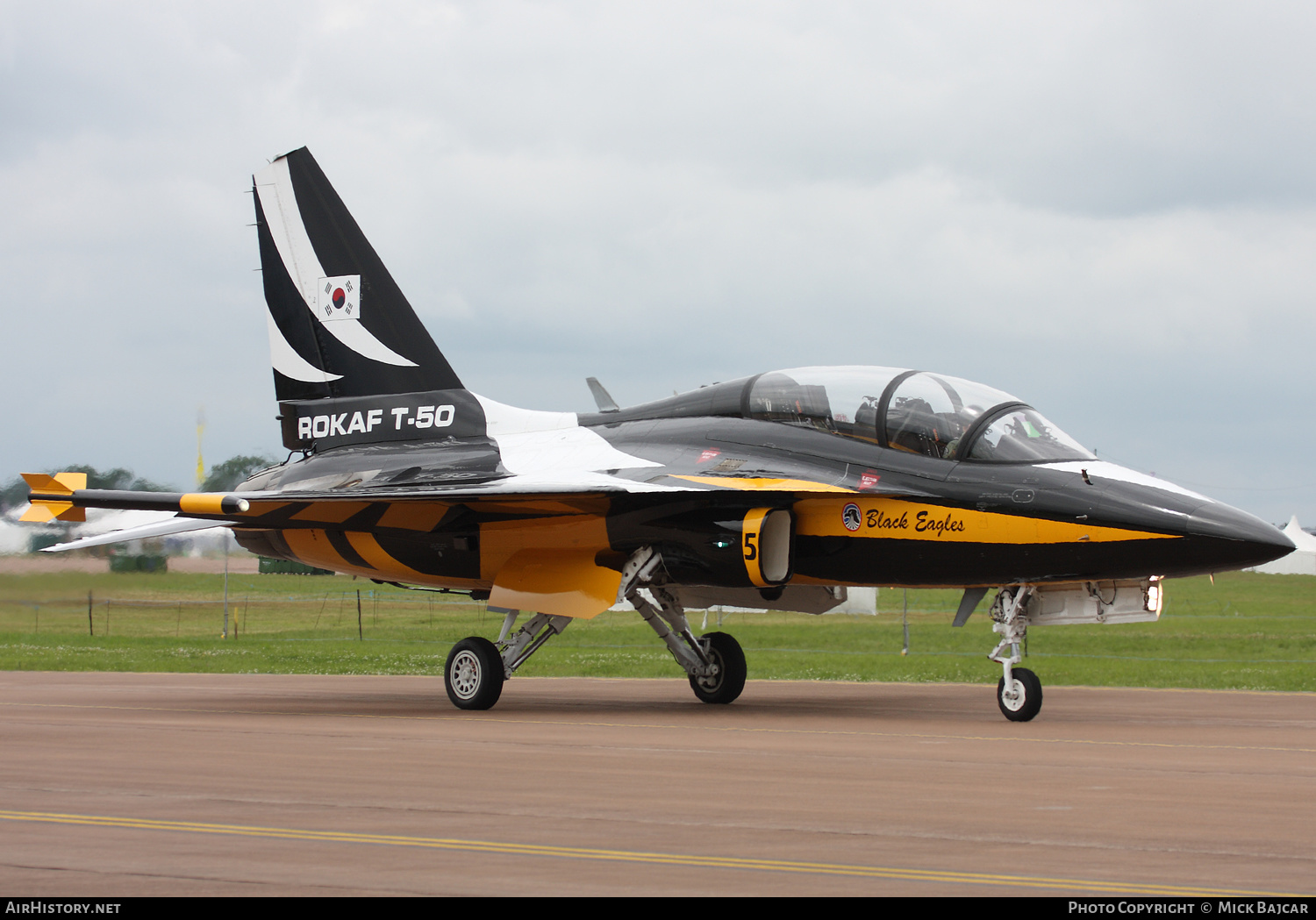





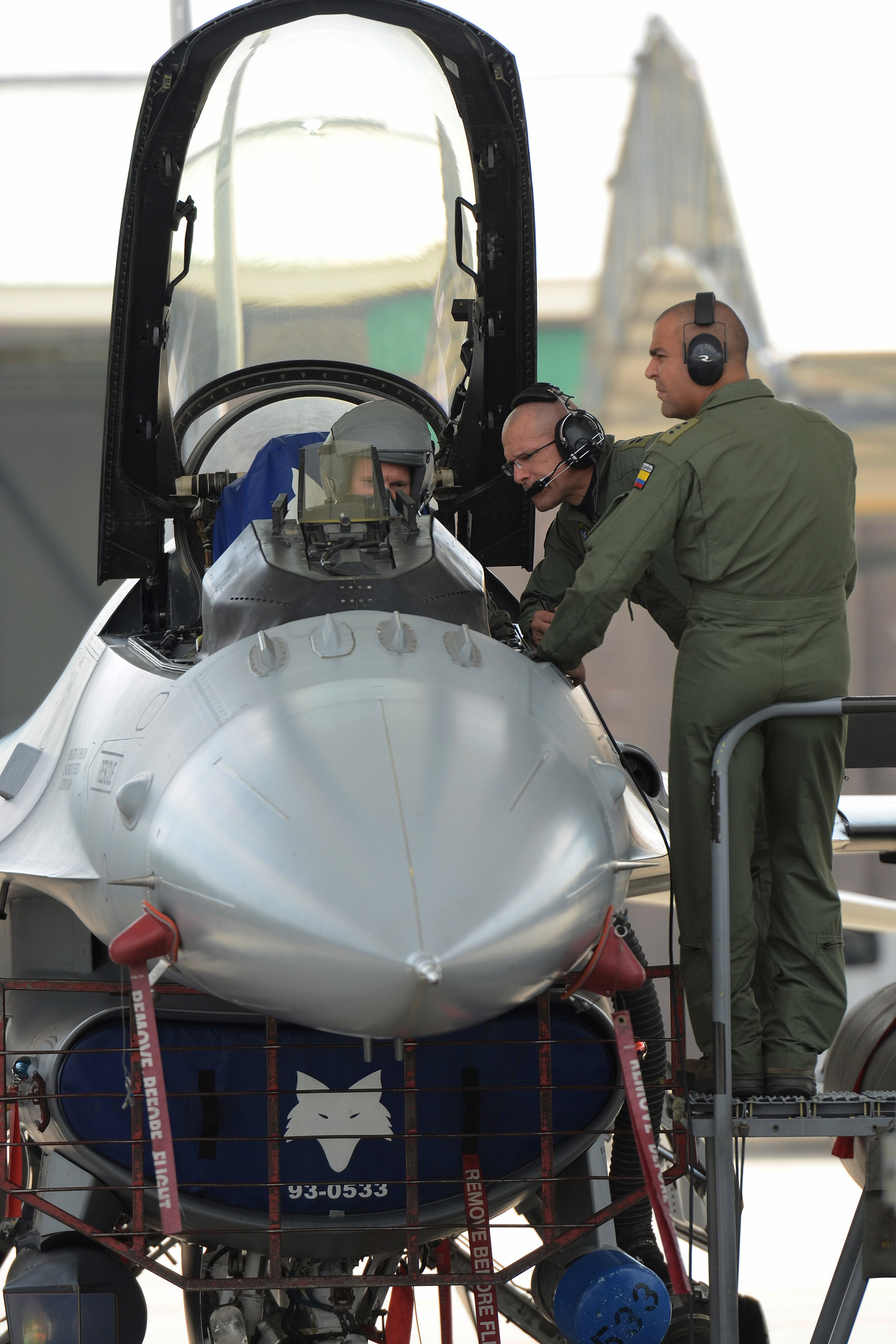
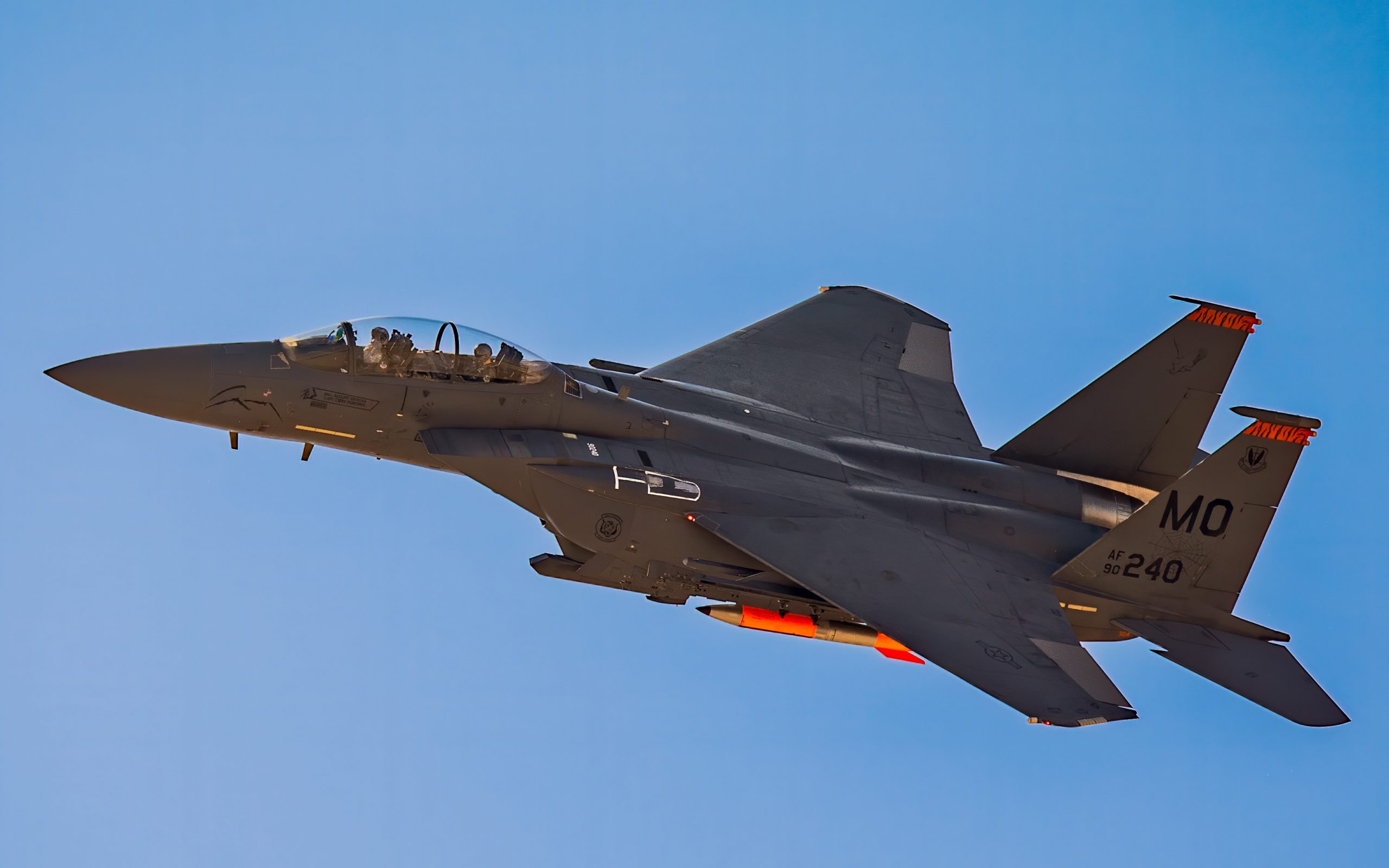
:quality(70)/cloudfront-us-east-1.images.arcpublishing.com/archetype/PPSTGJKGMVBJDCF6KHLNPQ33X4.jpg)